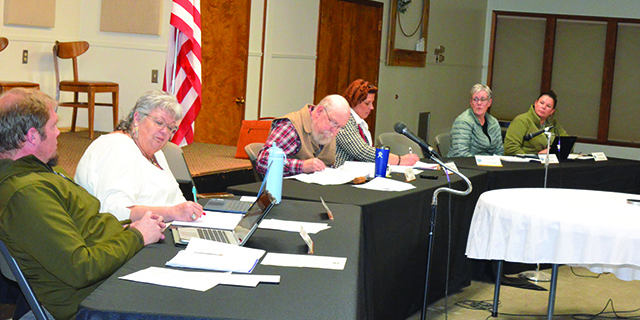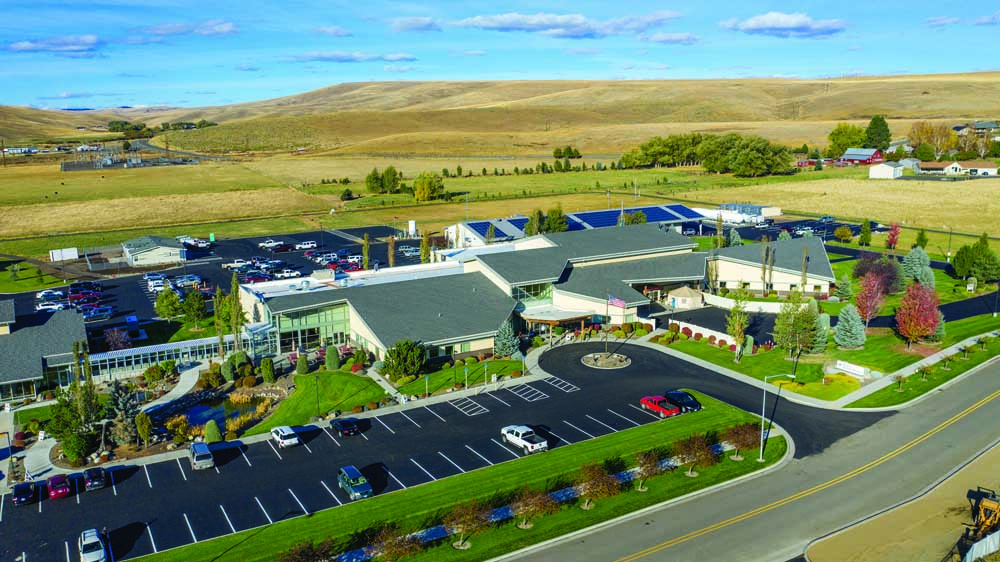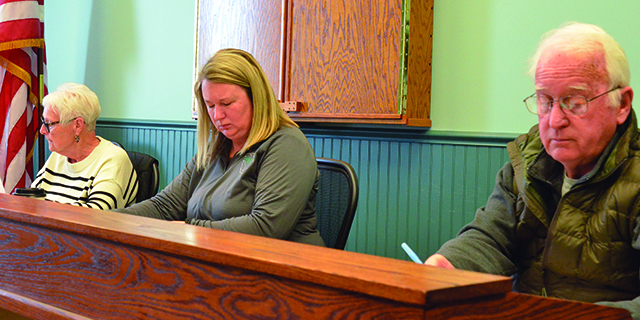Bull elk-cow ratio a record
Published 5:00 pm Wednesday, May 19, 2004
The Oregon Department of Fish & Wildlife is well into its spring big game counts in Wallowa County and the news is good for elk hunters. The ratio of bull elk to every 100 cows is higher than it has ever been since statistics were first recorded in the early 1970s. Game biologist Vic Coggins says that in 2004 there are 14 bull elk for every 100 counted cows.
Coggins and fellow game biologist Pat Matthews are recommending to the state game commission, the state agency that establishes the number of allotted game tags, that a total of 370 cow tags and 4,420 bull tags be issued in the county for the 2004 hunting season. These pale in comparison to historical highs of 4,140 cow tags and 7,030 bull tags issued in 1995.
It was in 1995 that the state outlawed the use of hounds in the hunting of cougar and the subsequent increase of the cougar population seems to correlate closely with elk and deer counts.
Coggins and Matthews agree that the most critical elk count is the ratio of calf elk to every 100 cow elk. In that category countywide the ratios have increased in the past year from 26 calves to 27 calves for every 100 cows. Calf ratios vary markedly from unit to unit this year with the Wenaha Unit near Troy, where cougar counts are high, having the lowest calf to 100 cow count of 16 calves. Other unit calf for 100 cow counts made in 2004 in descending order are 38 calves in the Chesnimnus Unit, 31 calves in the Sled Springs Unit, 27 calves in the Imnaha Unit, 21 calves in the Minam Unit and 19 calves in the Snake River Unit.
Coggins noted that some large elk herds of up to 300 elk can be found on the prairie lands. He suggested in a presentation made Monday to the Wallowa County Board of Commissioners that the elk might be doing so to protect themselves from predators.
Commissioner Ben Boswell took exception to the drastic cut in cow tags issued in the county, noting, “This is the state of Oregon’s stewardship management of its wildlife population. It is a matter of politics driving the science. Species by species management is not going to work.”
In the last year that hounds were allowed to hunt cougar, 46 of the cats were harvested in Wallowa County. In the three years immediately following the numbers dropped to five, two and three. Since then the hunting season for cougars has been extended from one month to 10 months and the price of a cougar tag dropped from $50 to $10. In 2003 28 of the cats were harvested. Matthews notes that the increase could be attributed in part to the larger cougar population.
Though fawn to doe deer counts are down somewhat from last year, Coggins says that the 41 fawns to 100 doe figures recorded countywide in 2004 is still “not a bad ratio.” In 2003 the ratio was at 46 fawns per 100 doe. For the first time in memory the Snake River Unit recorded the highest fawn to 100 doe count at 48. Other unit numbers for deer were 44 fawns for every 100 doe in the Wenaha Unit, 41 fawns for every 100 doe in the Imnaha, Minam and Sled Springs Units, and 33 fawns for every 100 does in the Chesnimnus Unit.
The lowest fawn to doe ratio on record came in 1989 when the count countywide was 25 fawns for every 100 doe and the highest on record came in 1979 when the count was 56 fawns for every 100 doe.
One deer trend noted by the two game biologists was that deer populations tend to be moving closer to human population centers and away from the backcountry. Commissioner Dan DeBoie said he had witnessed an event this winter where some five deer were not only crossing the highway in Joseph in front of city hall, but also crossing in the crosswalk.





